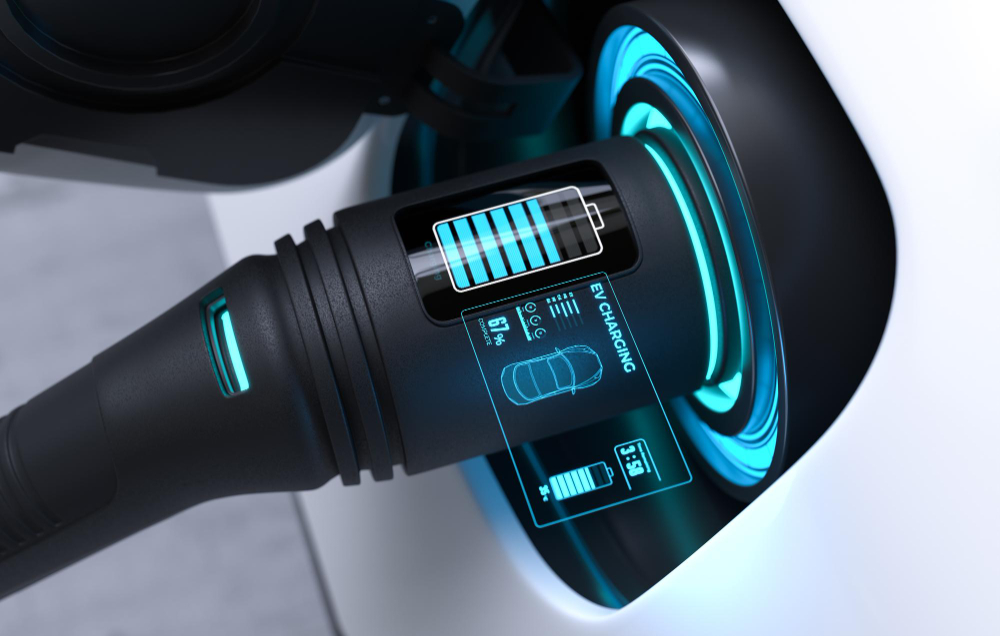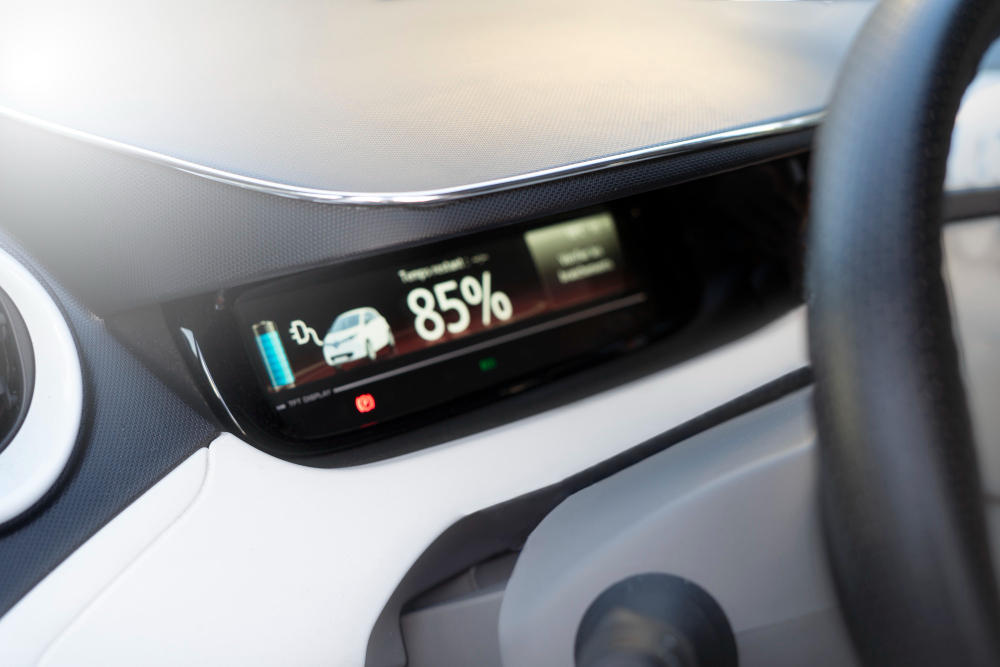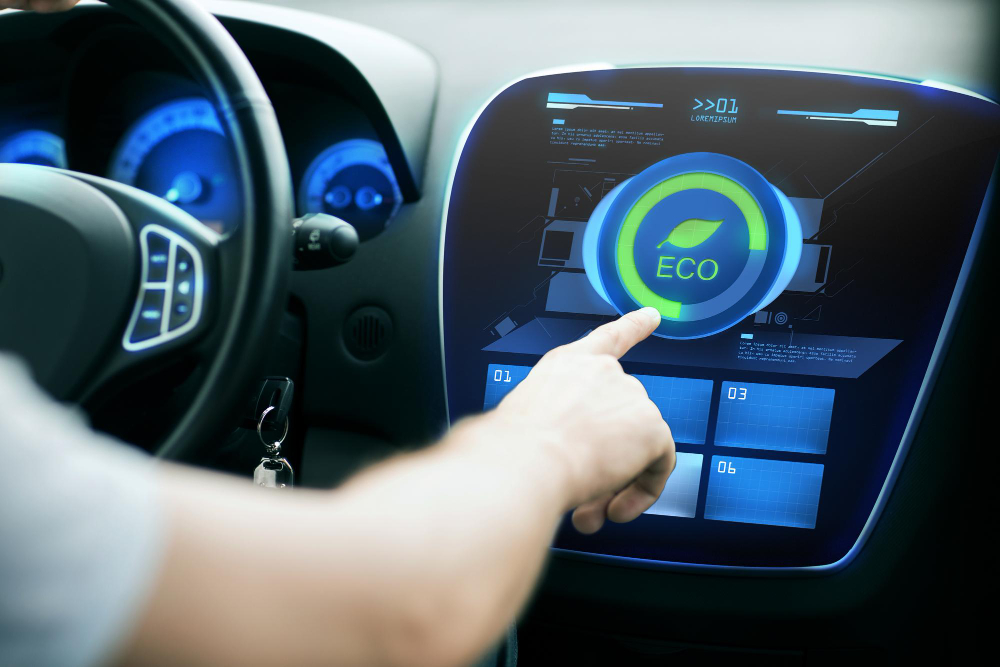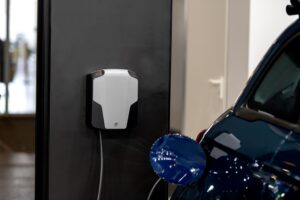Electric vehicles (EVs) are gaining popularity as a greener and more sustainable mode of transportation.
As the demand for EVs rises, understanding the fundamentals of electric car voltage becomes crucial.
In this article, we will explore the different types of voltages, delve into the voltage requirements of electric cars, discuss the possibility of converting an electric car to work on a different electric car voltage, and more.
Read on!
What Are The Different Types Of Voltages?

Did you know that there are two different types of voltages? Here are more explanations about it!
AC Voltage
The standard form of electrical power provided to residences and structures is known as Alternating Current (AC) voltage. It possesses a distinct feature of continuously fluctuating in both direction and intensity.
Although AC voltage is well-suited for energizing household appliances and devices, it is not directly suitable for the electric car battery.
DC Voltage
Electric cars use a different kind of electricity called Direct Current (DC)voltage. Unlike the constantly changing AC voltage, DC voltage remains steady in both direction and intensity.
Electric cars rely on DC voltage to drive their electric systems and charge the EV batteries.
What Voltage Do Electric Cars Run On?

Electric cars usually operate within a specific DC voltage range to achieve the best performance and efficiency.
The typical electric car voltage range falls between 200 and 800 volts, although the exact requirements may differ based on the model and manufacturer.
If you are considering second-hand electric vehicles in Bonegilla, it is essential to be aware of the voltage range suitable for each specific vehicle.
Can I Convert My Electric Car Voltage To Work On A Different One?

Converting an electric car to work on a different voltage is a complex task that is generally not recommended for the average car owner.
Electric car manufacturers design their vehicles to operate on specific voltage systems, and modifying the voltage could potentially lead to safety hazards and damage to the vehicle’s electrical components.
Additionally, electric car systems, including the battery pack and battery capacity, power electronics, and electric drivetrain, are engineered to work together within a specific voltage range. Altering this voltage range can negatively impact the overall performance and reliability of the vehicle.
Therefore, it is advisable to consult with a qualified electric vehicle technician or the manufacturer before considering any modifications to the voltage system of an electric car.
What is The Difference Between 400-volt and 800-volt Electric Cars?

In recent years, higher voltage systems have gained popularity in electric cars, with 400 volts and 800 volts being the common levels.
Let’s compare them:
- 400-Volt Electric Cars: Many current electric cars, including the Tesla model, use a 400-volt system. It suits most electric vehicles, providing enough power for daily driving. Charging efficiency is good, striking a balance between performance and cost.
- 800-Volt Electric Cars: Newer electric car models, especially high-performance and luxury ones, opt for an 800-volt system. This brings advantages like faster charging and increased power delivery. Charging speeds are reduced thanks to higher charging rates.
However, it’s important to note that 800-volt electric cars may come at a higher cost due to the complexity and specialized components required for their battery management system.
Frequently Asked Questions
Is Higher Voltage Better For Electric Vehicles?
Electric vehicles can benefit from higher voltage systems, such as 800 volts, in several ways. These systems allow for faster charging, enhanced performance, and more efficient power delivery, which can extend the battery life.
However, keep in mind that higher voltage systems necessitate specialized infrastructure and components, potentially increasing the vehicle’s cost.
Can I Increase The Power Of My Electric Vehicle?
Enhancing the power of an electric vehicle goes beyond voltage adjustments alone. It entails making modifications to several components, such as the battery cell, electric drivetrain, and power electronics.
It is advisable to seek advice from professionals in the field before undertaking any modifications.
How Many Batteries Are in an Electric Car?
The number of batteries, specifically lithium-ion cells, in an electric car, can vary depending on the make and model.
Electric vehicles typically utilize a battery pack consisting of multiple individual lithium-ion cells. These cells are connected in series or parallel configurations to achieve the desired voltage and capacity.
The exact number of battery cells can range from a few dozen to several hundred, depending on the vehicle’s specific requirements.
Conclusion
Understanding the fundamentals of electric car voltage is vital for both enthusiasts and potential electric vehicle owners.
It empowers you to make informed decisions regarding electric vehicles and their associated voltage systems, particularly when it comes to the lithium-ion battery pack.
If you’re searching for second-hand electric vehicles for sale in Violet Town, get in touch with us now!






